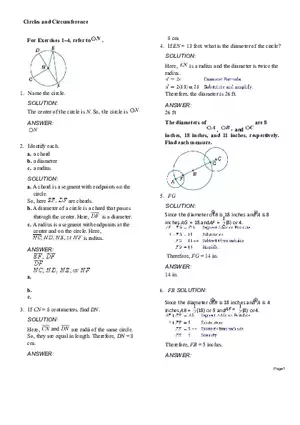Lecture Note
Inner Product Space - Lecture Notes
-
University:
University of California, Berkeley -
Course:
MATH 54 | Linear Algebra and Differential Equations Academic year:
2021
-
Views:
278
Pages:
3
Author:
Kaiden Murphy
Related Documents
- Questions and Answers #1 Exponential Models
- Questions and Answers #1 Composite Functions
- Questions and Answers #1 Complex Variables
- Calculus II Exam 3: Review
- Question and Answers #93 Derivatives
- Questions and Answers #1 Alternate Coordinate Systems
- Questions and Answers #1 Algebra Foundations
- Questions and Answers #1 Equations
- Questions and Answers #1 Equations and Inequalities
- Questions and Answers #1 Applications of Integrals
- Questions and Answers #1 Antiderivatives
- Questions and Answers #1 Analytic Geometry
- Relations and functions
- Question and Answers #95 Derivatives
- Question and Answers #90 Derivatives
- Questions and Answers #9 Laplace Transform
- QA #1 Series
- QA #2 Series
- QA #3 Series
- Questions and Answers #7 Functions
Report
Tell us what’s wrong with it:
Thanks, got it!
We will moderate it soon!
Report
Tell us what’s wrong with it:
Free up your schedule!
Our EduBirdie Experts Are Here for You 24/7! Just fill out a form and let us know how we can assist you.
Take 5 seconds to unlock
Enter your email below and get instant access to your document








